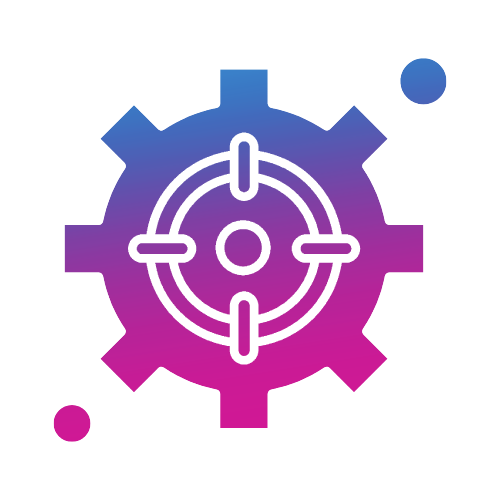Web3 Fundamentals: Beyond the Hype

The term "Web3" has become a buzzword in tech circles, promising a new era of internet evolution. But what exactly is Web3, and how does it differ from the current internet landscape? This article delves into the foundational concepts of Web3 and its potential to reshape our online experiences.
Table of Contents
- The Evolution: From Web1 to Web3
- Web3: The Decentralized Internet
- The Role of Blockchain in Web3
- Web2 vs. Web3: Key Differences
- The Future: Opportunities and Challenges
1. The Evolution: From Web1 to Web3
The internet's journey can be categorized into three phases:
- Web1 (The Static Web): The early internet, characterized by static web pages and limited user interaction.
- Web2 (The Social Web): Marked by the rise of social media, e-commerce, and user-generated content.
- Web3 (The Decentralized Web): The emerging phase, focusing on decentralized protocols and applications.
2. Web3: The Decentralized Internet
Web3 envisions an internet where users have control over their data, identities, and transactions. It emphasizes peer-to-peer interactions without intermediaries. In Web3, applications are decentralized, running on a network of computers rather than centralized servers.
3. The Role of Blockchain in Web3
Blockchain technology is the backbone of Web3. It offers:
- Decentralization: Data is stored across a network, eliminating single points of failure.
- Transparency: All transactions are recorded on a public ledger.
- Security: Cryptographic principles ensure data integrity and authenticity.
- Smart Contracts: Automated contracts that execute when predefined conditions are met.
4. Web2 vs. Web3: Key Differences
- Data Ownership: In Web2, platforms own user data. In Web3, users have control over their data.
- Monetization: Web2 relies on advertising, while Web3 offers direct monetization methods, such as token-based economies.
- Intermediaries: Web2 operates through centralized authorities (e.g., social media platforms), whereas Web3 promotes peer-to-peer interactions.
- Trust: Trust in Web2 is based on platforms, while Web3 derives trust from cryptographic verification and consensus mechanisms.
5. The Future: Opportunities and Challenges
Opportunities:
- Empowered Users: Web3 can return data ownership and control to users.
- Innovation: New business models and applications can emerge, from decentralized finance (DeFi) to decentralized autonomous organizations (DAOs).
Challenges:
- Scalability: Ensuring the blockchain can handle a vast number of transactions efficiently.
- Adoption: Convincing users and developers to transition from Web2 to Web3.
- Regulation: Navigating the regulatory landscape, especially concerning decentralized applications and cryptocurrencies.
Conclusion
Web3 promises a decentralized, transparent, and user-centric internet. While challenges lie ahead, the potential benefits of a Web3-driven internet are immense. As we stand on the cusp of this new era, understanding its fundamentals is crucial for both developers and users.





